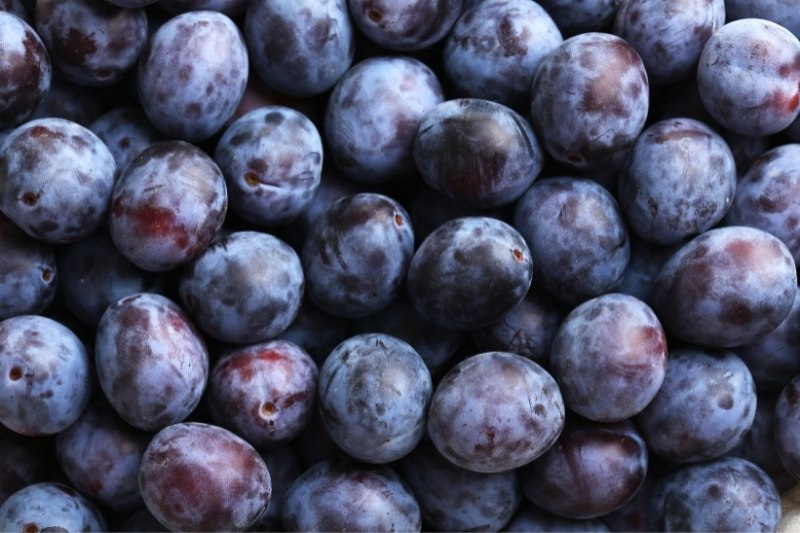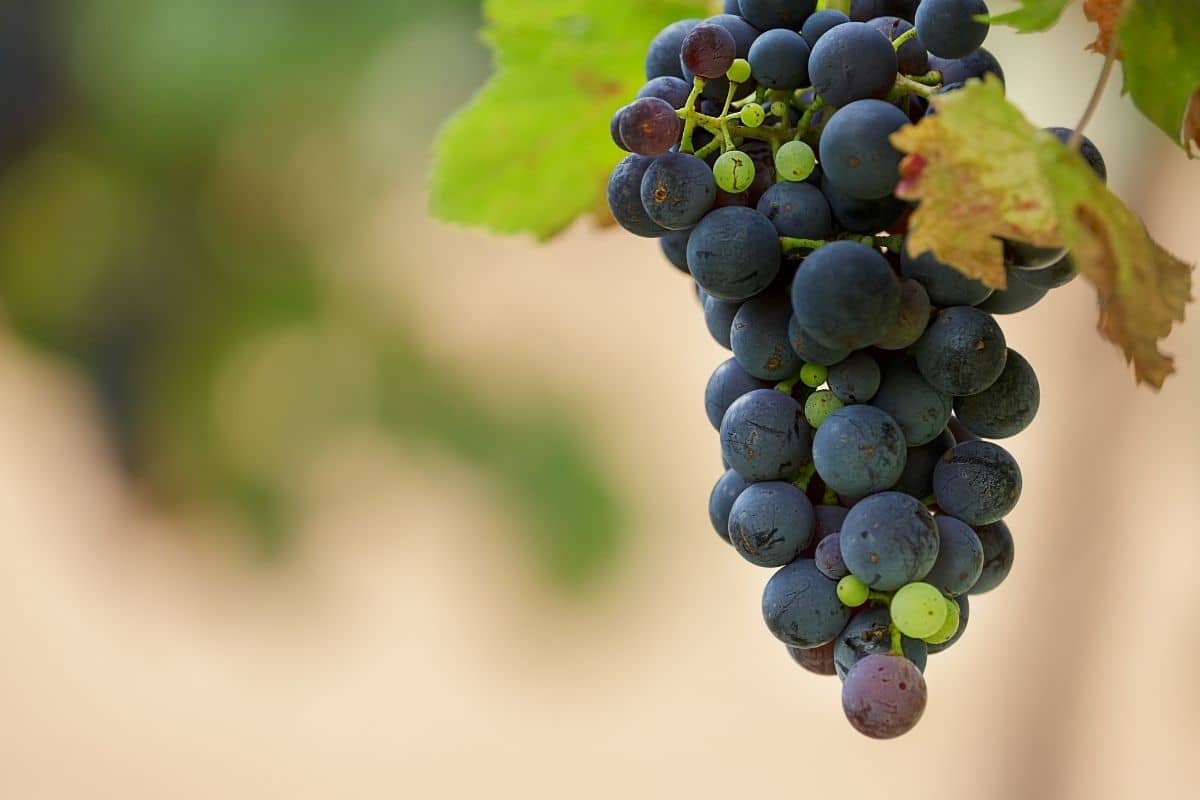Can dogs eat plums?

Many of us have been tempted to share meals with our dogs on a daily basis. When they're sitting beneath the table, staring up at us with their puppy dog eyes, it's hard not to! If we're having fun with the food, surely it can't hurt to offer them a taste of what we're having fun with?
Plums are a delightful treat for us, but are they okay for our dogs to eat? As a veterinarian, I get a lot of inquiries from dog owners regarding feeding plum to their adorable canine companions. Is it safe for dogs to eat plum?
The answer is ‘NO”. Dogs should not eat plums. Though a plum's mature meat is not poisonous to dogs, the pit and the remainder of the plum plant contain a variety of poisons, including cyanide.
This article will address some of the most frequently asked questions regarding providing plums to dogs and their dangers for our furry friends. Let's get started…

While you’re cooking, suddenly, your dog looks at you. You want to give them a little treat but wonder if they can eat the food you are holding in your hand.
With our vet-approved magnet, you’ll know the answer at a glance! Plus, you can quickly scan our QR code to access the full article with all the explanations.
Can dogs have plums?
Veterinarians usually don’t recommend giving plums to your dog. If your dog has eaten a whole plum, including the pit, you should be worried. Plum pits have a pointy edge that might disrupt digestion. The pit also contains cyanide, which may lead to cyanide poisoning in dogs.
Why plums are bad for dogs?
The most common problem with plums and dogs is pit consumption. The pit is a sharp stone found in the centre of the plum. After being swallowed, this pointy edge can cause injury to the oesophagus, stomach, or intestines. The pit sometimes blocks your dog's intestines. This is more likely to happen in a smaller dog, although it might still happen if a larger dog when they ate multiple plum pits.
Sometimes, plum pits can break up and splinter inside the fruit. This implies that even if you believe you've removed the pit completely, there may still be a small pit left behind. This, in turn, might produce problems. Also, if the plum gets overripe, fermented, or mouldy, part of the cyanide will be transferred from the pit to the flesh.
Symptoms of plum poisoning in dogs
If your dog eats a little piece of ripe plum, it should be OK. They are not usually affected by the flesh of a plum. But the rest of plum plants including the pit, flower, root, and stems may contain cyanide and other compounds like prunasin, amygdalin, and cyanogen that cause poisoning.
As a non-competitive inhibitor of cytochrome c oxidase, this toxin causes asphyxiation in cells by stopping cell respiration. Though the blood has plenty of oxygen, but the cell can’t use these. This ultimately results in respiratory collapse and death. Other symptoms of plum poisoning may include:
- Dilated pupils
- Convulsion
- Seizures
- Tremors
- Vomiting
- Skin Irritation
- Breathing difficulty
- Rapid breathing
- Abdominal problems
- Excessive frothy salivation
- Collapse and death
Dogs may develop renal failure or possibly die in the most severe cases of plum poisoning, which happens when the poisons reach the animal's circulation. If you suspect plum poisoning in your pet, you should take him or her to a veterinarian right away since death can happen rapidly. Do not wait to schedule an appointment with your veterinarian; go to the nearest animal clinic or veterinary hospital immediately soon. This is a life-threatening situation that requires immediate attention.
What to do if your dog eats a plum?
If you find that your dog has eaten some plums, the first thing you should do is try to figure out how much and which portions of the fruit they have consumed. There's a high chance your dog will be fine if the pit is still intact and they only took a bite without swallowing the pit.
However, if you discover that they've eaten the plum pit or other components of a plum plant, you should keep an eye out for indications of discomfort and any symptoms of plum poisoning described above.
You should contact your veterinarian if your dog shows signs of plum poisoning or if you believe they've consumed a large portion of plums. Look for any leftovers of the plum so you can inform your vet which sections of the plum your dog ate. A veterinarian will look after the symptoms and prescribe accordingly for a quick recovery. They sometimes use sodium nitrate intravenously to remove the cyanide from the circulation of your dog.
Finally, if your dog loves the sweet taste of some fruits, you can offer them a slice of pineapple, apples, bananas, etc. as a treat.

DogsPlanet.com is one of the main websites for dog owners, future owners and dog lovers. Our team of authors seeks to answer the questions that you frequently ask yourselves.










